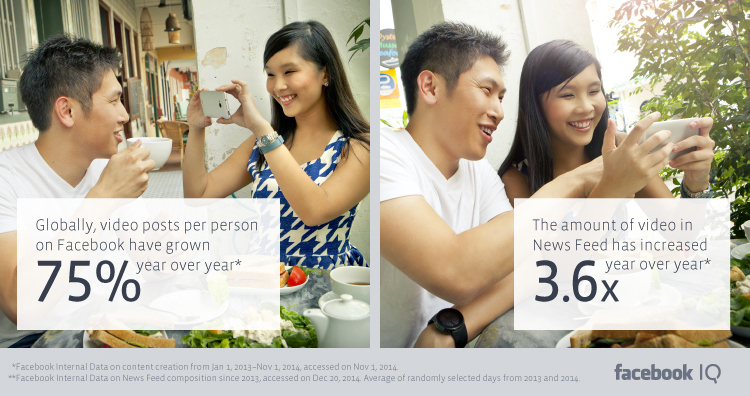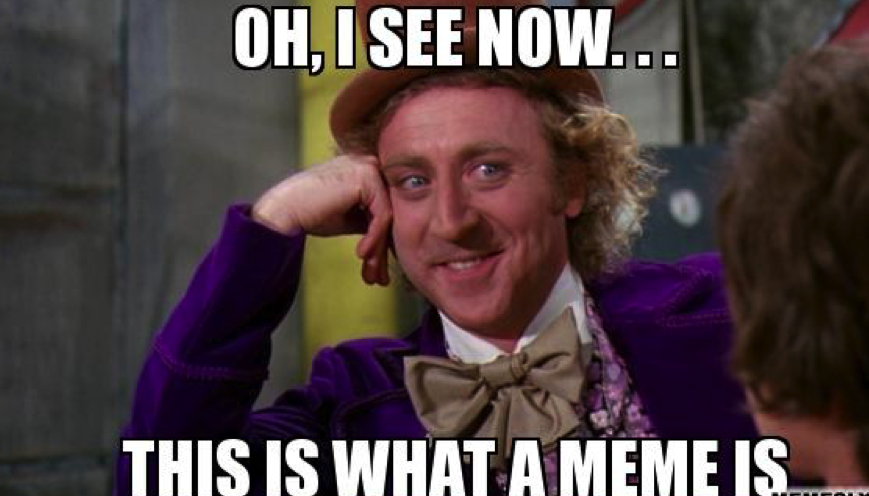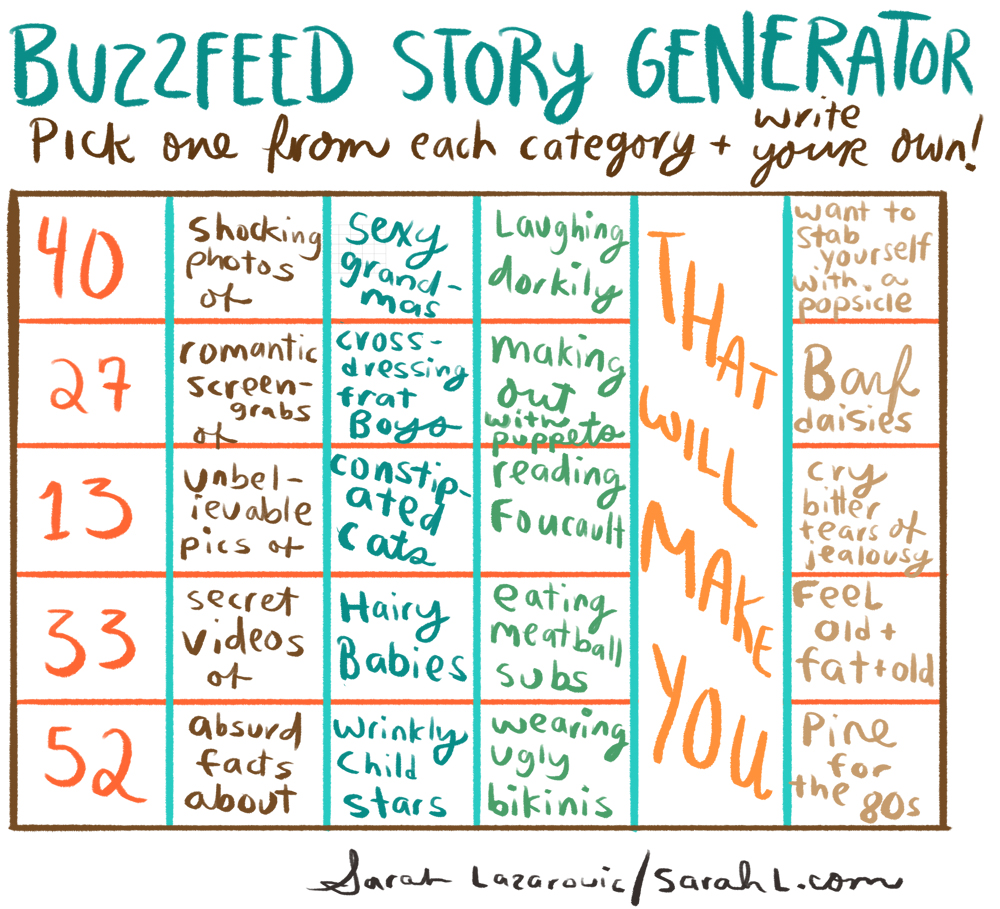By Rohan Ayyar
Different audiences prefer different content marketing formats. When formulating a content marketing strategy, a crucial first task is to identify the types of content and formats your target audience responds to best.
A creative video may work very well if you’re looking to target millennial consumers, but it may not be as effective for seasoned executives. Conversely, B2B decision-makers savor detailed case studies that most consumers ignore.
One particular content format may not be right for every situation. Presenting essentially the same content marketing material in different formats can extend its reach and improve its attractiveness to different audiences.
Here’s a look at a few formats you can use to assure that your content matches the media preferences of different audiences:
1. Videos
Watching videos is enjoyable, which is why you should use them to present your message in a way that your target customers and fans consider fun and unique, differentiating your content for standard fare of competitors. Videos (and interactive games) are a favorite format of audiences between the ages of 15 and 40 – especially those who are most active on social media.
Consumers share videos across various social media platforms and mobile apps, making video an effective and entertaining way to deliver product or public service messages to your audience. Video is most effective when the product has visual interest – or when the sponsor employs video creatively. Video that entertains, surprises or wows is far more effective than video that merely informs.
You don’t necessarily need to create or shoot professional videos. You can use web conferencing software like ClickMeeting to record meetings, customer testimonials, or screen grabs of customer support, spruce them up quickly with an app like Animoto, and voila – you have behind-the-scenes videos ready to share on your social networks!
2. Podcasts
Podcasts are useful when the content is best delivered in audio format. Listeners enjoy podcasts because they are convenient. All they need to do is download the digital file to their audio device, put on their headphones, and listen to the podcast when they please (often in the car while commuting).
Podcasts are most effective in presenting views of guest experts or entertainers. Interviews work better in audio than in text. To be successful, however, podcast interviews require well-developed interview questions that tap the expertise of the guest and elicit interesting and instructive responses. Well-known authorities on a subject may also use podcasts to present their views. Unusual or provocative viewpoints are the most effective content for podcasts.
3. Infographics
If you want to combine the factual content with statistics and an attractive design, then you need to consider creating an infographic for your audience. Infographics are arguably the most appealing form of informative content and generate large numbers of social media shares.
Infographics are also used as link bait. You can approach major online publications or blogs in your niche and inquire if they would like to have a look at and consider your infographic for publication. If it piques their interest, offer to write an original introductory paragraph and give them the embed code that links to the post on your site. With this method, you earn links and direct more traffic to your website.
Piktochart is a well-established tool for creating infographics in a jiffy.
4. Memes
Do you want to share your sense of humor with your target audience? Use memes and gifs. Done well, they can be amusing or even hilarious. That’s why readers love to read and share them. They’re perfect for use on social media platforms such as Pinterest, Twitter, Tumblr and Reddit, which combine images with witty text.
You need not be a graphic-design expert to create memes. Sites and apps such as Imgflip, MemeCreator, MemeGenerator and ImageChef allow you to add your own funny text to popular meme images. Make sure not to overdo memes. In attempting to be humorous, there’s the risk of going over the line, offending segments of the audience, and devaluing your message or even your brand itself.
5. Case Studies
If you want your target audience to perceive your product as a savior and a problem-solver, then a case study may prove to be the best way to deliver your message. Case studies present real-life problems that companies or people have faced in the past, and explain how your product or service solved the problem.
Case studies can be extremely convincing and can attract links and traffic from credible and authoritative websites in your industry.
6. Ebooks
To tell an in-depth content marketing story, an ebook is often the best solution. An ebook is intended to provide the audience with comprehensive information and insights about the subject. Done well, an ebook can position your organization as a reliable source of solid information and a quality supplier of products and services.
Simply put, an ebook is an electronic book, or a digital publication that can be downloaded and viewed on laptops, e-readers, tablets and smartphones. Most organizations distribute their ebooks as PDF files though MOBI, EPUB, DJVU files are also used.
If you want your audience to take your ebook seriously, its content must be substantive and meaningful. Ideally, it should contain information, perspective or insight that’s new and original.
Creating an ebook requires a great deal more effort than writing a blog post. An ebook requires far greater substance and depth. That requires more research, more careful development and better graphics.
Ebooks attract large audiences through sharing. Readers will recommend an ebook to others only if they think it’s worth the time and effort. Promoting an ebook that lacks depth and insight will offend your audience.
Hurriedly putting together a few pages of content for the sake of offering an ebook is a mistake. Plan on investing substantial resources in developing, writing, illustrating and promoting an ebook. A well-done informative ebook can substantially enhance corporate and brand reputation.
7. How-To Guides
The how-to format works best when you want to present your content as a set of instructions, or when putting together a guide or manual. It has a strong “long-tail” search potential as most people tend to start their queries with “how to…” and “how can I…”
When writing how-to content, you will do well to state the problem, present the solution, and discuss the steps involved in a simple and actionable way — supplemented by pictures, videos and diagrams. Expand on the benefits of using your methods, and give users a point of contact to fall back on if things don’t work out for them the way you described. The more in-depth your discussion is, the better.
8. Lists
You’re reading one right now!
Lists are timeless and one of the most popular formats of presenting content in an interesting and organized manner. Many magazines present their content in this format.
Making a list is easy – choose a topic and figure out the points you want it to have. When you begin to write, make sure to introduce the topic first, list your points, and end with a conclusion.
Do not shy away from making long lists – 29 works best for BuzzFeed! Buzzfeed has changed the face of journalism using listicles. It’s also likely to do wonders for your content marketing.
Bottom Line: The more content formats you employ, the more effective your content delivery becomes. This, in turn, will produce better content marketing results.
It is, therefore, extremely important to convey your message to your audience in the format that best resonates with them. The formats we discussed here should help you unlock the potential of your content and help your business advance to the next level.
Rohan Ayyar is a project manager at E2M solutions, a digital marketing firm.







